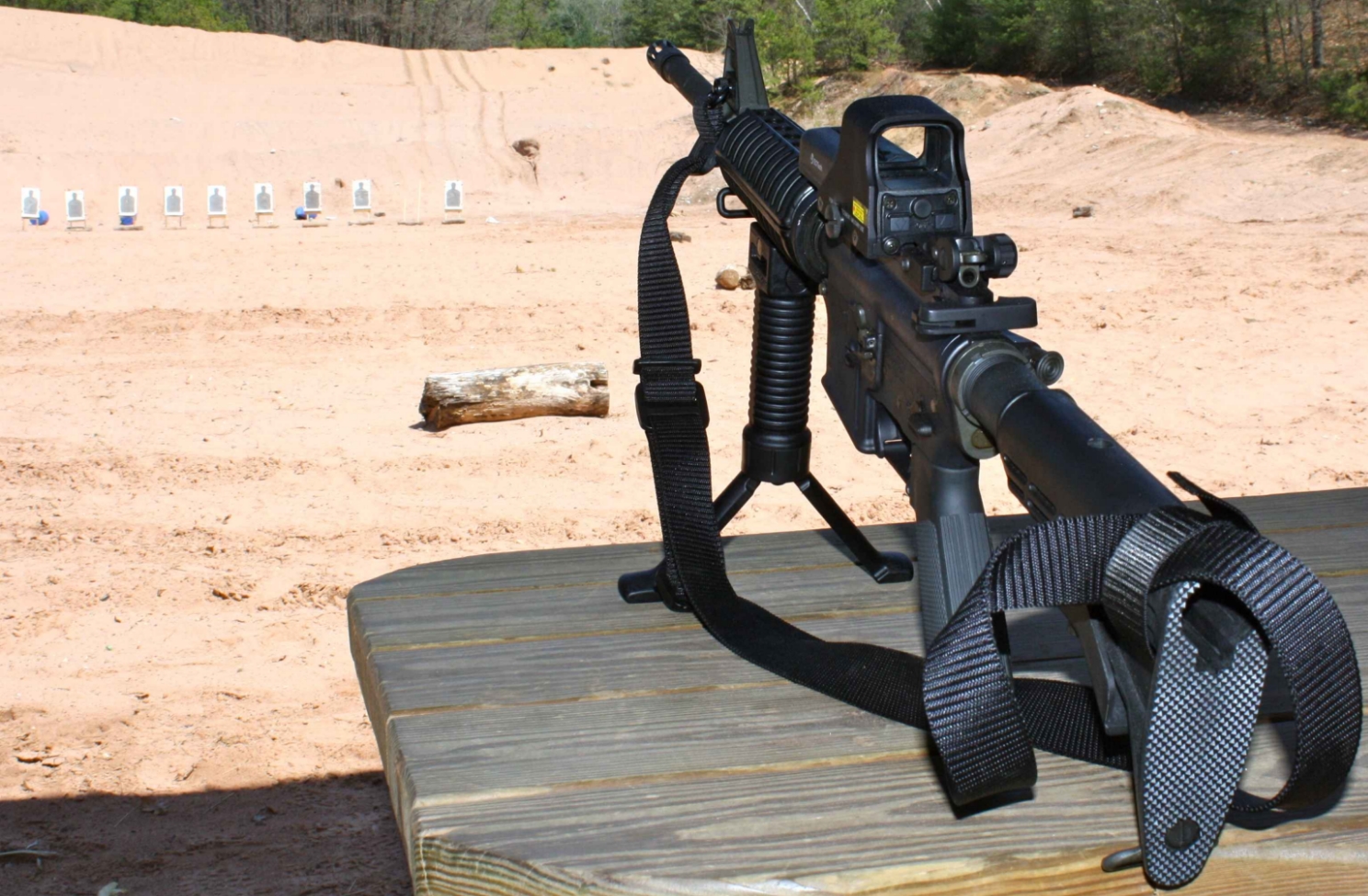Need an SOS? Here are 4 steps you can take to make your own signal flares
03/12/2020 / By Arsenio Toledo

For centuries, many civilizations all over the world have used smoke as a beacon to signify the appearance of a threat. The ancient Greeks, the Romans and the Byzantines all used beacons to transmit messages over long distances. The Chinese would create smoke signals during the day along the Great Wall of China to send messages, and to warn others of impending danger. However, smoke signals can also be used to signal your location to potential rescuers. Here are four steps for making effective signal flares to get yourself, or others, to safety. (h/t to Survivopedia.com)
Making the fuse
Here’s an easy way to make a fuse for your smoke signal. You’ll need yarn to use as cordage, preferably white cotton yarn, and about 12 feet of it. For the chemicals, all you’ll need is around 35 g of potassium nitrate, which can be easily purchased in your local home improvement store or garden center, and around 24 g of white sugar. Mix these two together into one powder solution.
Boil around a third of a cup of water in a frying pan on medium heat. Once the water is boiling, sprinkle your powder mixture into the pan and stir until it fully dissolves. When the mixture gets frothy, this means you now have a supersaturated solution.
While the solution is still in the frying pan, slowly feed the yarn into the solution. You can push it down with a spatula to ensure that it gets soaked evenly. Once your whole fuse is soaked, take it out and transfer it onto a cookie sheet. Place the yarn on the sheet carefully, making sure it doesn’t touch or cross at any point, and bake it in a preheated oven at 350 degrees for about 25 minutes, or until it starts turning golden.
Once it turns slightly golden, take the fuse out of the oven and let it cool. Make sure to move it around slightly on your sheet to make sure it doesn’t stick. (Related: 8 Pillars of the survival protocol that every prepper needs to master.)
Making the smoke signal flare
Make sure that you have a container for your smoke signal flare. A cardboard tube will work well. You can also reuse the battery pack from any old, cordless tools you may have since the individual batteries will have cardboard sleeves that are the perfect size for your flare. Whatever container you use, make sure that it has a solid base so that the flare will stand straight.
Measure how much potassium nitrate and table sugar your container can fit. Your mixture will be made up of 60 percent potassium nitrate and 40 percent sugar. Heat the whole mixture in a pan over medium heat. This will dissolve and caramelize the sugar. Once it’s fully caramelized, mix in the potassium nitrate. Continue doing this until all the sugar has caramelized and mixed with the potassium nitrate.
While it’s still hot, pour this mixture into your container and stick your fuse down the center of it, making sure that it reaches all the way to the bottom. Let the flare cool until it’s hard.
Creating a colored smoke signal flare
The smoke flare you’ve made works well, but for better visibility you may want to try and color your smoke signal. Colored smoke isn’t natural and will stick out to anybody who sees it, alerting rescuers.
It will be very easy to turn your flare into a colored smoke signal – just add some dye. Grab some powdered organic dye, such as synthetic indigo or aniline dye. These are widely available in crafts and hobby stores. These will work well as long as they’re not water-based.
The process for creating colored signal flares is the same, but once the mixture caramelizes, you must add the same amount of dye as there is potassium nitrate in the mixture. Mix it in while it’s still hot and before pouring it into the containers.
How to effectively use your smoke signal flares
This signal flare, colored or not, will have to be lit by hand. If you throw this flare, it may not fire upright and won’t blow smoke into the sky. If you hold it while it’s burning, it may explode in your hand. You will have to set down your flare somewhere they won’t start a fire, such as a flat rock or a rocky hill.
The fuse you’ve made is slow burning, so your flare will work well for some time, hopefully long enough for rescue workers to find you. Once you light the fuse, clear the area in case of an accidental explosion. You may want to invest in more flares just in case the first one doesn’t work.
Surviving out in the wild is a difficult endeavor. Learn about the other skills and tools you need to make it out of a disaster alive at Survival.news.
Sources include:
Tagged Under: bug out, disaster, DIY, emergencies, flares, how-to, off grid, preparedness, prepping, SHTF, signal flare, smoke signal, SOS, survival, survival gear, survival tools
RECENT NEWS & ARTICLES
COPYRIGHT © 2018 SURVIVALGEAR.NEWS
All content posted on this site is protected under Free Speech. SurvivalGear.news is not responsible for content written by contributing authors. The information on this site is provided for educational and entertainment purposes only. It is not intended as a substitute for professional advice of any kind. SurvivalGear.news assumes no responsibility for the use or misuse of this material. All trademarks, registered trademarks and service marks mentioned on this site are the property of their respective owners.


















